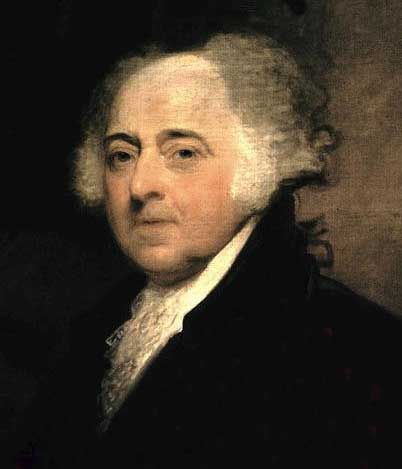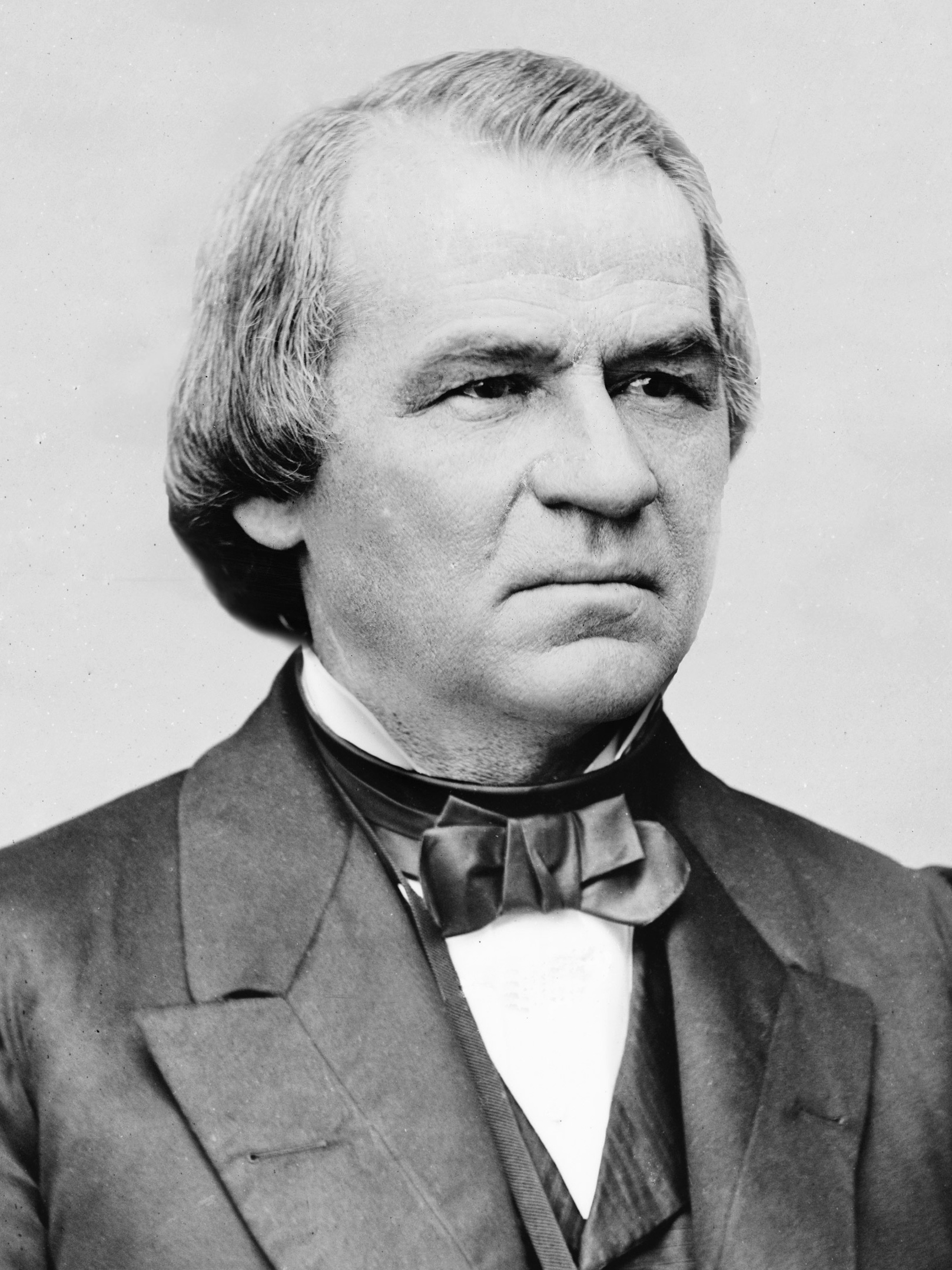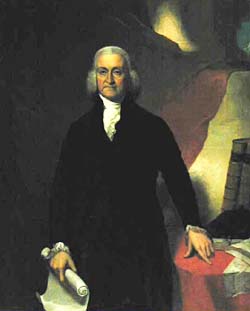|
Lafayette S. Foster
Lafayette Sabine Foster (November 22, 1806 – September 19, 1880) was a nineteenth-century American politician and lawyer from Connecticut. He served in the United States Senate from 1855 to 1867 and was a judge on the Connecticut Supreme Court from 1870 to 1876. Biography Born in Franklin, Connecticut, Foster attended common schools as a child and graduated from Brown University in Providence, Rhode Island, in 1828. He taught school in Providence for some time and studied law back in Norwich, Connecticut. He took charge of an academy in Centerville, Maryland, where he was admitted to the Maryland bar in 1830, then returned to Norwich and was admitted to the federal bar in 1831. Foster was editor of the ''Republican'', a Whig newspaper out of Connecticut, and served in the Connecticut House of Representatives from 1839 to 1840, 1846 to 1848 and 1854, serving as Speaker of the House for three years. He was the Whig nominee for Governor of Connecticut in 1850 and 1851, but ... [...More Info...] [...Related Items...] OR: [Wikipedia] [Google] [Baidu] |
President Pro Tempore Of The United States Senate
The president pro tempore of the United States Senate (often shortened to president pro tem) is the second-highest-ranking official of the United States Senate, after the vice president. According to Article One, Section Three of the United States Constitution, the vice president of the United States is the president of the Senate (despite not being a senator), and the Senate must choose a president '' pro tempore'' to act in the vice president's absence. The president pro tempore is elected by the Senate as a whole, usually by a resolution which is adopted by unanimous consent without a formal vote. The Constitution does not specify who can serve in this position, but the Senate has always elected one of its current members. Unlike the vice president, the president pro tempore cannot cast a tie-breaking vote when the Senate is equally divided. The president pro tempore has enjoyed many privileges and some limited powers. During the vice president's absence, the president pr ... [...More Info...] [...Related Items...] OR: [Wikipedia] [Google] [Baidu] |
Common School
A common school was a public school in the United States during the 19th century. Horace Mann (1796–1859) was a strong advocate for public education and the common school. In 1837, the state of Massachusetts appointed Mann as the first secretary of the State Board of Education where he began a revival of common school education, the effects of which extended throughout America during the 19th century. Early development Common schools originated in New England as community-funded instruments of education for all children of the region or neighborhood. These secondary schools furthered the Puritan conformity of the region by institutionalizing religion into the curriculum for the purpose of instilling good morals and obedience in the populace. The 17th-century Puritan relied upon Christian organizations, such as the Anglican Society for the Propagation of the Gospel in Foreign Parts, for catechisms as the first grammar books. In most cases, local church clergy took responsibility f ... [...More Info...] [...Related Items...] OR: [Wikipedia] [Google] [Baidu] |
Vice President Of The United States
The vice president of the United States (VPOTUS) is the second-highest officer in the executive branch of the U.S. federal government, after the president of the United States, and ranks first in the presidential line of succession. The vice president is also an officer in the legislative branch, as the president of the Senate. In this capacity, the vice president is empowered to preside over Senate deliberations at any time, but may not vote except to cast a tie-breaking vote. The vice president is indirectly elected together with the president to a four-year term of office by the people of the United States through the Electoral College. The modern vice presidency is a position of significant power and is widely seen as an integral part of a president's administration. While the exact nature of the role varies in each administration, most modern vice presidents serve as a key presidential advisor, governing partner, and representative of the president. The vice president ... [...More Info...] [...Related Items...] OR: [Wikipedia] [Google] [Baidu] |
John Wilkes Booth
John Wilkes Booth (May 10, 1838 – April 26, 1865) was an American stage actor who assassinated United States President Abraham Lincoln at Ford's Theatre in Washington, D.C., on April 14, 1865. A member of the prominent 19th-century Booth theatrical family from Maryland, he was a noted actor who was also a Confederate sympathizer; denouncing President Lincoln, he lamented the recent abolition of slavery in the United States. Originally, Booth and his small group of conspirators had plotted to kidnap Lincoln to aid the Confederate cause. They later decided to murder him, as well as Vice President Andrew Johnson and Secretary of State William H. Seward. Although its Army of Northern Virginia, commanded by General Robert E. Lee, had surrendered to the Union Army four days earlier, Booth believed that the Civil War remained unresolved because the Confederate Army of General Joseph E. Johnston continued fighting. Booth shot President Lincoln once in the back of the he ... [...More Info...] [...Related Items...] OR: [Wikipedia] [Google] [Baidu] |
Abraham Lincoln
Abraham Lincoln ( ; February 12, 1809 – April 15, 1865) was an American lawyer, politician, and statesman who served as the 16th president of the United States from 1861 until his assassination in 1865. Lincoln led the nation through the American Civil War and succeeded in preserving the Union, abolishing slavery, bolstering the federal government, and modernizing the U.S. economy. Lincoln was born into poverty in a log cabin in Kentucky and was raised on the frontier, primarily in Indiana. He was self-educated and became a lawyer, Whig Party leader, Illinois state legislator, and U.S. Congressman from Illinois. In 1849, he returned to his successful law practice in central Illinois. In 1854, he was angered by the Kansas–Nebraska Act, which opened the territories to slavery, and he re-entered politics. He soon became a leader of the new Republican Party. He reached a national audience in the 1858 Senate campaign debates against Stephen A. Douglas. ... [...More Info...] [...Related Items...] OR: [Wikipedia] [Google] [Baidu] |
President Of The United States
The president of the United States (POTUS) is the head of state and head of government of the United States of America. The president directs the executive branch of the federal government and is the commander-in-chief of the United States Armed Forces. The power of the presidency has grown substantially since the first president, George Washington, took office in 1789. While presidential power has ebbed and flowed over time, the presidency has played an increasingly strong role in American political life since the beginning of the 20th century, with a notable expansion during the presidency of Franklin D. Roosevelt. In contemporary times, the president is also looked upon as one of the world's most powerful political figures as the leader of the only remaining global superpower. As the leader of the nation with the largest economy by nominal GDP, the president possesses significant domestic and international hard and soft power. Article II of the Constitution establis ... [...More Info...] [...Related Items...] OR: [Wikipedia] [Google] [Baidu] |
39th United States Congress
The 39th United States Congress was a meeting of the legislative branch of the United States federal government, consisting of the United States Senate and the United States House of Representatives. It met in Washington, D.C. from March 4, 1865, to March 4, 1867, during Abraham Lincoln's final month as president, and the first two years of the administration of his successor, U.S. President Andrew Johnson. The apportionment of seats in this House of Representatives was based on the Eighth Census of the United States in 1860. Both chambers had a Republican majority. Major events * March 4, 1865: Second inauguration of President Abraham Lincoln. * April 9, 1865: Surrender of Confederate forces at Appomattox Court House, effectively ending the American Civil War * April 15, 1865: Assassination of President Abraham Lincoln, Vice President Andrew Johnson became President of the United States * December 11, 1865: Creation of the House Appropriations Committee and the House Ba ... [...More Info...] [...Related Items...] OR: [Wikipedia] [Google] [Baidu] |
United States Senate Committee On Pensions
The Committee on Pensions was a standing committee of the United States Senate from 1816 to 1946, when the Legislative Reorganization Act of 1946 abolished it, moving its functions to the Committee on Finance. Purpose Although the Committee was involved in the passage of some broad pension bills, under which individuals could apply to executive agencies for relief, it also handled thousands of private requests from specific individuals petitioning for special consideration. During the lifetime of the Committee, pensions were entirely considered in the context of veterans of war. History Shortly after the founding of the United States, federal pension bills were passed on behalf of Revolutionary War veterans, but were implemented by the States, as the federal government had no means to pay for them. Pensions initially consisted of half-pay for 7 years for disabled military veterans, and were extended to include widows and orphans of veterans a few years later. In 1789, the f ... [...More Info...] [...Related Items...] OR: [Wikipedia] [Google] [Baidu] |
1851 Connecticut Gubernatorial Election
The 1851 Connecticut gubernatorial election was held on April 7, 1851. It was a rematch of the 1850 Connecticut gubernatorial election. Incumbent governor and Democratic Party nominee Thomas H. Seymour defeated former state legislator and Whig nominee Lafayette S. Foster with 48.94% of the vote. Seymour won a plurality of the vote, but he did not receive a majority. As a result, the Connecticut General Assembly elected the governor, per the state constitution. The Whig Party had a majority in the Connecticut State house, but they were divided over their choice. Seymour won the vote over Foster by a mere one-vote margin, 122 to 121, in the General Assembly, and became the governor.Memorial Sketch of Lafayette S. Foster, ''Franklin Press'' (1881), General election Candidates Major party candidates *Thomas H. Seymour, Democratic *Lafayette S. Foster, Whig Minor party candidates *John Boyd, Free Soil Results References 1851 Connecticut Gubernatorial ... [...More Info...] [...Related Items...] OR: [Wikipedia] [Google] [Baidu] |
1850 Connecticut Gubernatorial Election
The 1850 Connecticut gubernatorial election was held on April 1, 1850. Former congressman and Democratic Party nominee Thomas H. Seymour defeated former state legislator and Whig nominee Lafayette S. Foster with 48.11% of the vote. Seymour won a plurality of the vote, but he did not receive a majority. As a result, the Connecticut General Assembly elected the governor, per the state constitution. Seymour won the vote over Foster 122 to 108 in the General Assembly, and became the governor.Gov. Thomas H. Seymour, ''National Governors Association'', retrieved 09-15-2020 The constitutional inauguration date was May 1, and Seymour was inaugurated on May 4, possibly due to delays over the state legislature vote. General election Candidates Major party candidates *Thomas H. Seymour, Democratic *Lafayette S. Foster, Whig Minor party candidates *John Boyd, Free Soil Results References 1850 Connecticut Gubernatorial A governor is an administrative leader ... [...More Info...] [...Related Items...] OR: [Wikipedia] [Google] [Baidu] |
Governor Of Connecticut
The governor of Connecticut is the head of government of Connecticut, and the commander-in-chief of the U.S. state, state's Connecticut Military Department, military forces. The Governor (United States), governor has a duty to enforce state laws, and the power to either approve or veto bills passed by the Connecticut General Assembly and to convene the legislature. Unusual among U.S. governors, the Governor of Connecticut has no power to pardon. The Governor of Connecticut is automatically a member of the state's Bonding Commission. He is an ex-officio member of the board of trustees of the University of Connecticut and Yale University. There have been 69 post-Revolution governors of the state, serving 73 distinct spans in office. Four have served non-consecutive terms: Henry W. Edwards, James E. English, Marshall Jewell, and Raymond E. Baldwin. The longest terms in office were in the state's early years, when four governors were elected to nine or more one-year terms. The longest ... [...More Info...] [...Related Items...] OR: [Wikipedia] [Google] [Baidu] |
Connecticut House Of Representatives
The Connecticut State House of Representatives is the lower house in the Connecticut General Assembly, the state legislature of the U.S. state of Connecticut. The house is composed of 151 members representing an equal number of districts, with each constituency containing nearly 22,600 residents. Representatives are elected to two-year terms with no term limits. The House convenes within the Connecticut State Capitol in Hartford. History The House of Representatives has its basis in the earliest incarnation of the General Assembly, the "General Corte" established in 1636 whose membership was divided between six generally elected magistrates (the predecessor of the Connecticut Senate) and three-member "committees" representing each of the three towns of the Connecticut Colony (Hartford, Wethersfield, and Windsor). The Fundamental Orders of Connecticut, adopted in 1639, replaced the committees with deputies; each town would elect three or four deputies for six-month terms. Alt ... [...More Info...] [...Related Items...] OR: [Wikipedia] [Google] [Baidu] |






